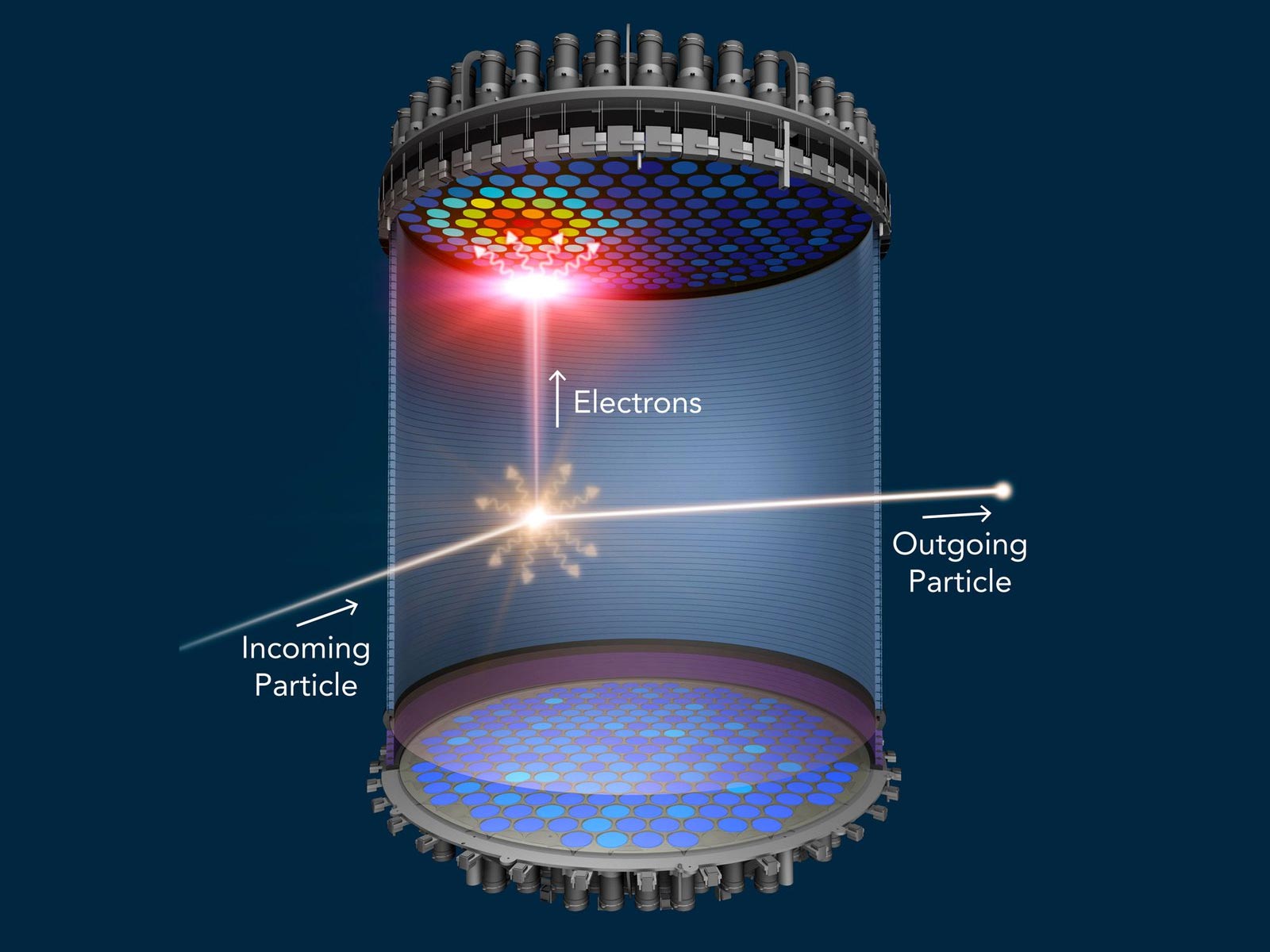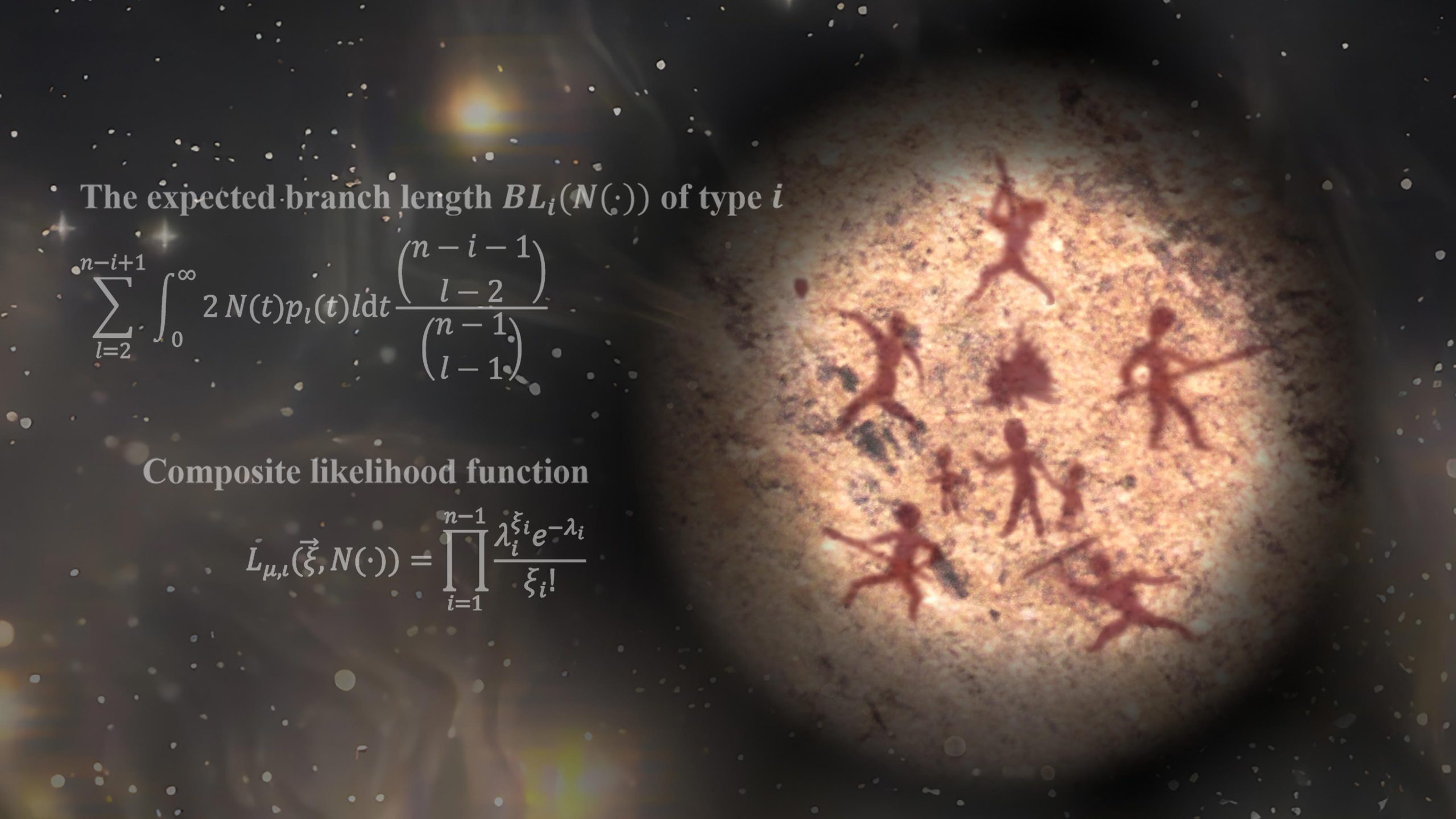أعضاء فريق LZ في خزان المياه LZ بعد تركيب الكاشف الخارجي. الائتمان: ماثيو كابوست ، مرفق سانفورد للأبحاث تحت الأرض
باحثو مختبر بيركلي يسجلون بدء تشغيل ناجح لكاشف المادة المظلمة LUX-ZEPLIN في مرفق أبحاث سانفورد تحت الأرض
كاشف مبتكر للمادة المظلمة بحساسية فريدة – لوكس زيبلين تجربة (LZ) – اجتازت مرحلة التحقق من بدء التشغيل وقدمت النتائج الأولى. يقع LZ في أعماق التلال السوداء في ساوث داكوتا في مرفق سانفورد للأبحاث تحت الأرض (SURF) ويقودها مختبر لورانس بيركلي الوطني التابع لوزارة الطاقة (مختبر بيركلي).
قال كيفين ليسكو ، كبير الفيزيائيين في Berkeley Lab والمتحدث السابق باسم LZ: “نحن مستعدون وكل شيء على ما يرام” الرسالة التي وصلتنا من هذه الشركة الناشئة الناجحة. وقال “إنه جهاز كشف معقد به أجزاء كثيرة وكلها تعمل بشكل جيد في حدود التوقعات”.
في مقال نشر يوم 7 يوليو عن التجربة موقع انترنتأفاد علماء LZ أنه مع التشغيل الأول ، أصبح LZ بالفعل أكثر كاشفات المادة المظلمة حساسية في العالم. ستظهر الورقة في أرشيف ما قبل الطباعة عبر الإنترنت في arXiv.org لاحقًا. وقال المتحدث باسم إل زد هيو ليبينكوت من جامعة كاليفورنيا في سانتا باربرا: “نتوقع جمع بيانات أكثر بحوالي 20 مرة في السنوات القادمة ، لذلك نحن في البداية. هناك الكثير من العلوم التي يجب القيام بها وهو أمر مثير للغاية!

انظر إلى كاشف LZ الخارجي ، الذي يستخدم لحق النقض ضد النشاط الإشعاعي الذي يمكن أن يحاكي إشارة المادة المظلمة. الائتمان: ماثيو كابوست / مرفق أبحاث سانفورد تحت الأرض
في حين أن مادة سوداء لم يتم اكتشاف الجسيمات مطلقًا ، فقد لا تكون صحيحة لفترة طويلة جدًا. قد يكون العد التنازلي قد بدأ بالفعل بنتائج أول 60 يومًا من الاختبار المباشر لـ LZ. تم جمع هذه البيانات على مدى ثلاثة أشهر ونصف من العمليات الأولية التي بدأت في أواخر ديسمبر. كانت هذه المدة طويلة بما يكفي للتأكد من أن جميع جوانب الكاشف تعمل بشكل صحيح.
على الرغم من أنها غير مرئية لأنها لا تصدر الضوء أو تمتصه أو تبعثره ، إلا أن وجود المادة المظلمة وجاذبيتها أساسيان لفهمنا للكون. على سبيل المثال ، فإن وجود المادة المظلمة ، والتي تقدر بحوالي 85٪ من الكتلة الكلية للكون ، يشكل شكل وحركة المجرات ، ويستشهد بها الباحثون لشرح ما هو معروف عن البنية واسعة النطاق. وتوسع الكون.
خزانان متداخلان من التيتانيوم مملوءان بعشرة أطنان من الزينون السائل عالي النقاء ويتم تخيلهما بواسطة صفيفتين من الأنابيب المضاعفة الضوئية (PMT) القادرة على اكتشاف مصادر الضوء الخافتة التي تشكل قلب كاشف المادة المظلمة LZ. توجد خزانات التيتانيوم في نظام كشف أكبر لالتقاط الجسيمات التي قد تحاكي إشارة المادة المظلمة.
قالت ناتالي بالانك ديلابرويل ، مديرة قسم الفيزياء في مختبر بيركلي: “أنا متحمس لرؤية هذا الكاشف المعقد جاهزًا لحل مشكلة طويلة الأمد تتعلق بتكوين المادة المظلمة”. “يمتلك فريق LZ الآن الأداة الأكثر طموحًا لتحقيق ذلك!”
قاد عمليات تصميم وتصنيع وتركيب كاشف LUX-ZEPLIN ، مدير مشروع Berkeley Lab ، جيل جيلتشريز ، بالتعاون مع فريق دولي مكون من 250 عالمًا ومهندسًا من أكثر من 35 مؤسسة في الولايات المتحدة ، والمملكة المتحدة ، والبرتغال وكوريا الجنوبية. مدير العمليات في LZ هو Simon Fiorucci من Berkeley Lab. يأمل التعاون معًا في استخدام الأداة لتسجيل أول دليل مباشر على المادة المظلمة ، أو ما يسمى بالكتلة المفقودة في الكون.
هنريكي أروجو[{” attribute=””>Imperial College London, leads the UK groups and previously the last phase of the UK-based ZEPLIN-III program. He worked very closely with the Berkeley team and other colleagues to integrate the international contributions. “We started out with two groups with different outlooks and ended up with a highly tuned orchestra working seamlessly together to deliver a great experiment,” Araújo said.
An underground detector
Tucked away about a mile underground at SURF in Lead, South Dakota, LUX-ZEPLIN is designed to capture dark matter in the form of weakly interacting massive particles (WIMPs). The experiment is underground to protect it from cosmic radiation at the surface that could drown out dark matter signals.
Particle collisions in the xenon produce visible scintillation or flashes of light, which are recorded by the PMTs, explained Aaron Manalaysay from Berkeley Lab who, as physics coordinator, led the collaboration’s efforts to produce these first physics results. “The collaboration worked well together to calibrate and to understand the detector response,” Manalaysay said. “Considering we just turned it on a few months ago and during COVID restrictions, it is impressive we have such significant results already.”

When a WIMP – a hypothetical dark matter particle – collides with a xenon atom, the xenon atom emits a flash of light (gold) and electrons. The flash of light is detected at the top and bottom of the liquid xenon chamber. An electric field pushes the electrons to the top of the chamber, where they generate a second flash of light (red). LZ will be searching for a particular sequence of flashes that cannot be due to anything other than WIMPs. Credit: LZ/SLAC
The collisions will also knock electrons off xenon atoms, sending them to drift to the top of the chamber under an applied electric field where they produce another flash permitting spatial event reconstruction. The characteristics of the scintillation help determine the types of particles interacting in the xenon.
The South Dakota Science and Technology Authority, which manages SURF through a cooperative agreement with the U.S. Department of Energy, secured 80 percent of the xenon in LZ. Funding came from the South Dakota Governor’s office, the South Dakota Community Foundation, the South Dakota State University Foundation, and the University of South Dakota Foundation.
Mike Headley, executive director of SURF Lab, said, “The entire SURF team congratulates the LZ Collaboration in reaching this major milestone. The LZ team has been a wonderful partner and we’re proud to host them at SURF.”

Chemists at Brookhaven Lab used this custom-made vacuum distillation system to purify linear alkyl benzene needed to produce liquid scintillator for the LZ dark matter experiment. Credit: Brookhaven Lab
Fiorucci said the onsite team deserves special praise at this startup milestone, given that the detector was transported underground late in 2019, just before the onset of the COVID-19 pandemic. He said with travel severely restricted, only a few LZ scientists could make the trip to help on site. The team in South Dakota took excellent care of LZ.
“I’d like to second the praise for the team at SURF and would also like to express gratitude to the large number of people who provided remote support throughout the construction, commissioning and operations of LZ, many of whom worked full time from their home institutions making sure the experiment would be a success and continue to do so now,” said Tomasz Biesiadzinski of SLAC, the LZ detector operations manager.
“Lots of subsystems started to come together as we started taking data for detector commissioning, calibrations and science running. Turning on a new experiment is challenging, but we have a great LZ team that worked closely together to get us through the early stages of understanding our detector,” said David Woodward from Pennsylvania State University who coordinates the detector run planning.

The LZ central detector in the clean room at Sanford Underground Research Facility after assembly, before beginning its journey underground. Credit: Matthew Kapust, Sanford Underground Research Facility
Maria Elena Monzani of SLAC, the Deputy Operations Manager for Computing and Software, said “We had amazing scientists and software developers throughout the collaboration, who tirelessly supported data movement, data processing, and simulations, allowing for a flawless commissioning of the detector. The support of NERSC [National Energy Research Scientific Computing Center] كان لا يقدر بثمن.
قال ليسكو إنه مع التأكيد على أن LZ وأنظمته تعمل بنجاح ، فقد حان الوقت لبدء عمليات الرصد واسعة النطاق على أمل أن يتصادم جسيم المادة المظلمة مع الزينون.[{” attribute=””>atom in the LZ detector very soon.
LZ is supported by the U.S. Department of Energy, Office of Science, Office of High Energy Physics and the National Energy Research Scientific Computing Center, a DOE Office of Science user facility. LZ is also supported by the Science & Technology Facilities Council of the United Kingdom; the Portuguese Foundation for Science and Technology; and the Institute for Basic Science, Korea. Over 35 institutions of higher education and advanced research provided support to LZ. The LZ collaboration acknowledges the assistance of the Sanford Underground Research Facility.

“هواة الإنترنت المتواضعين بشكل يثير الغضب. مثيري الشغب فخور. عاشق الويب. رجل أعمال. محامي الموسيقى الحائز على جوائز.”






